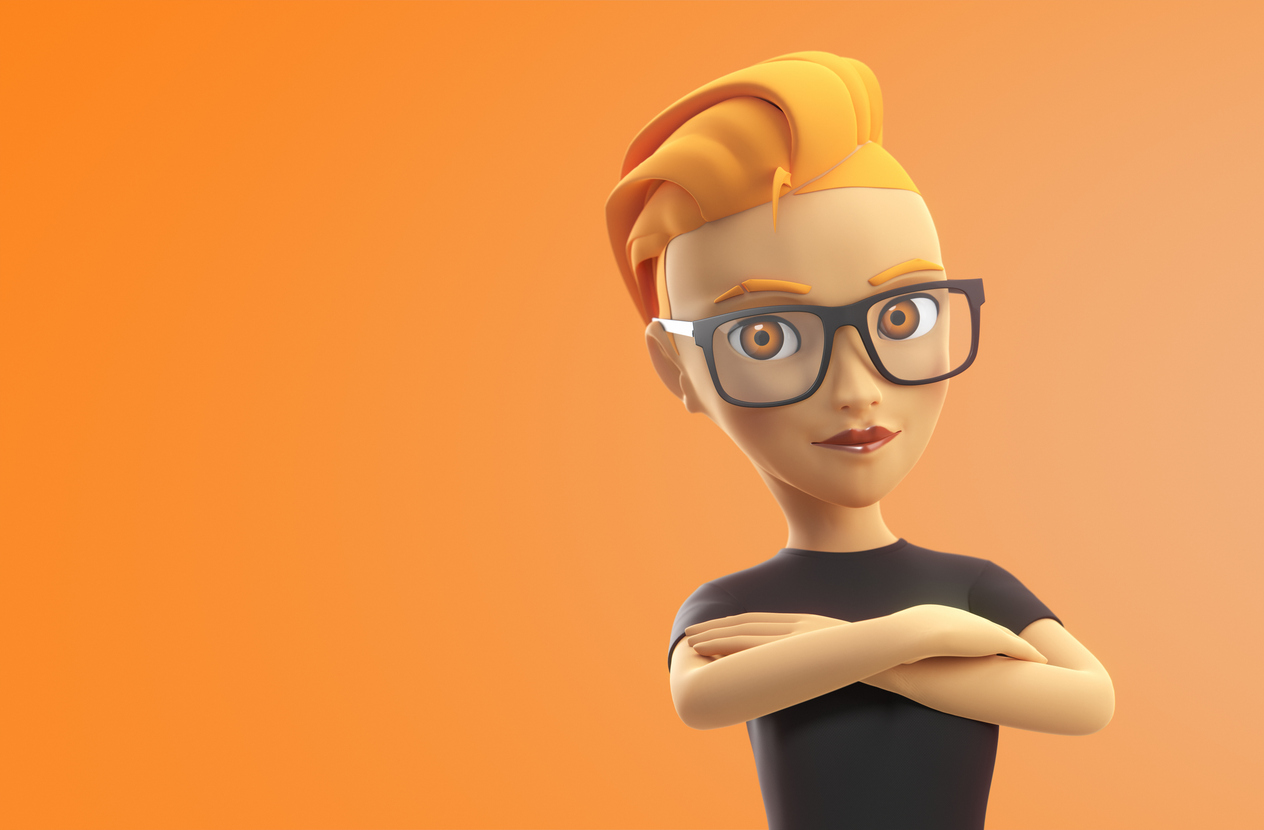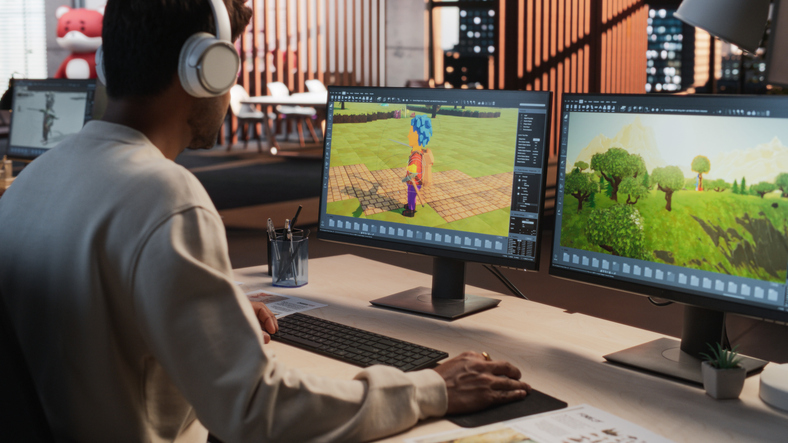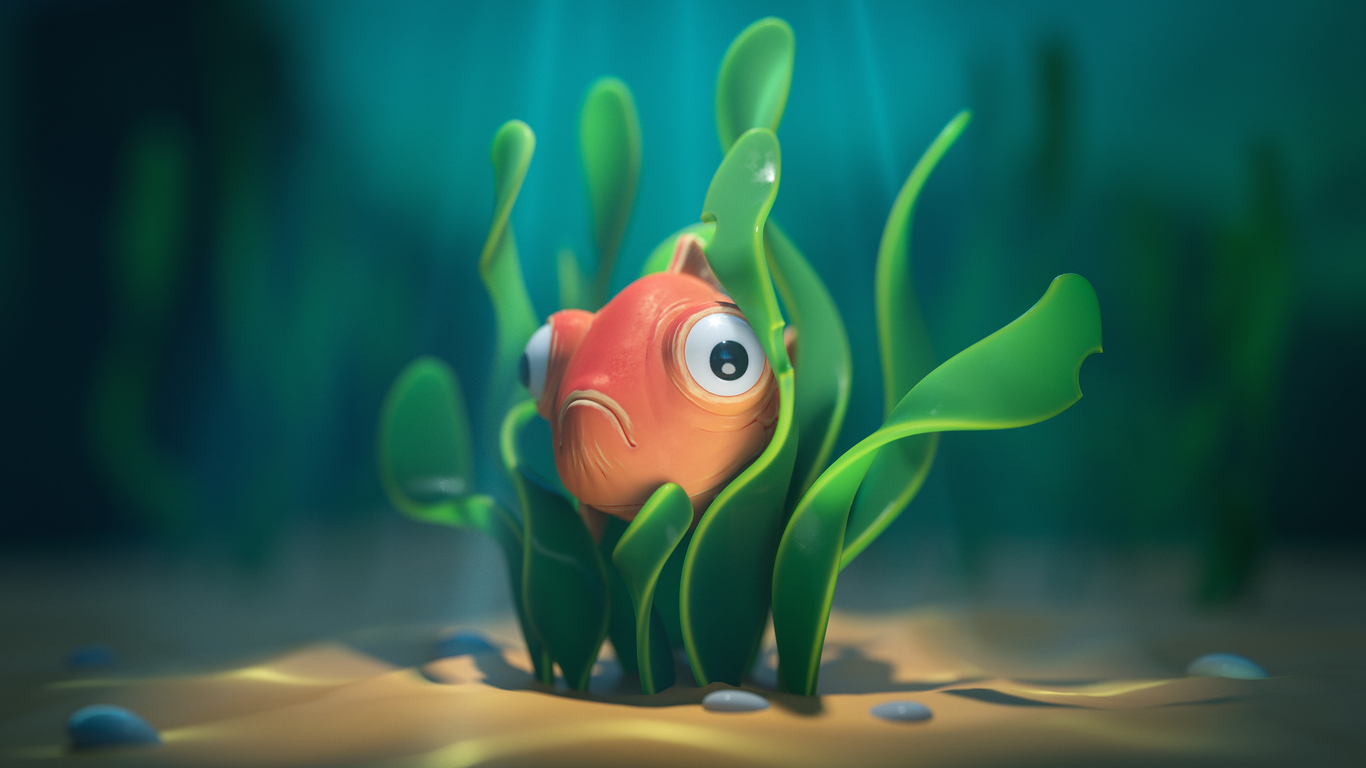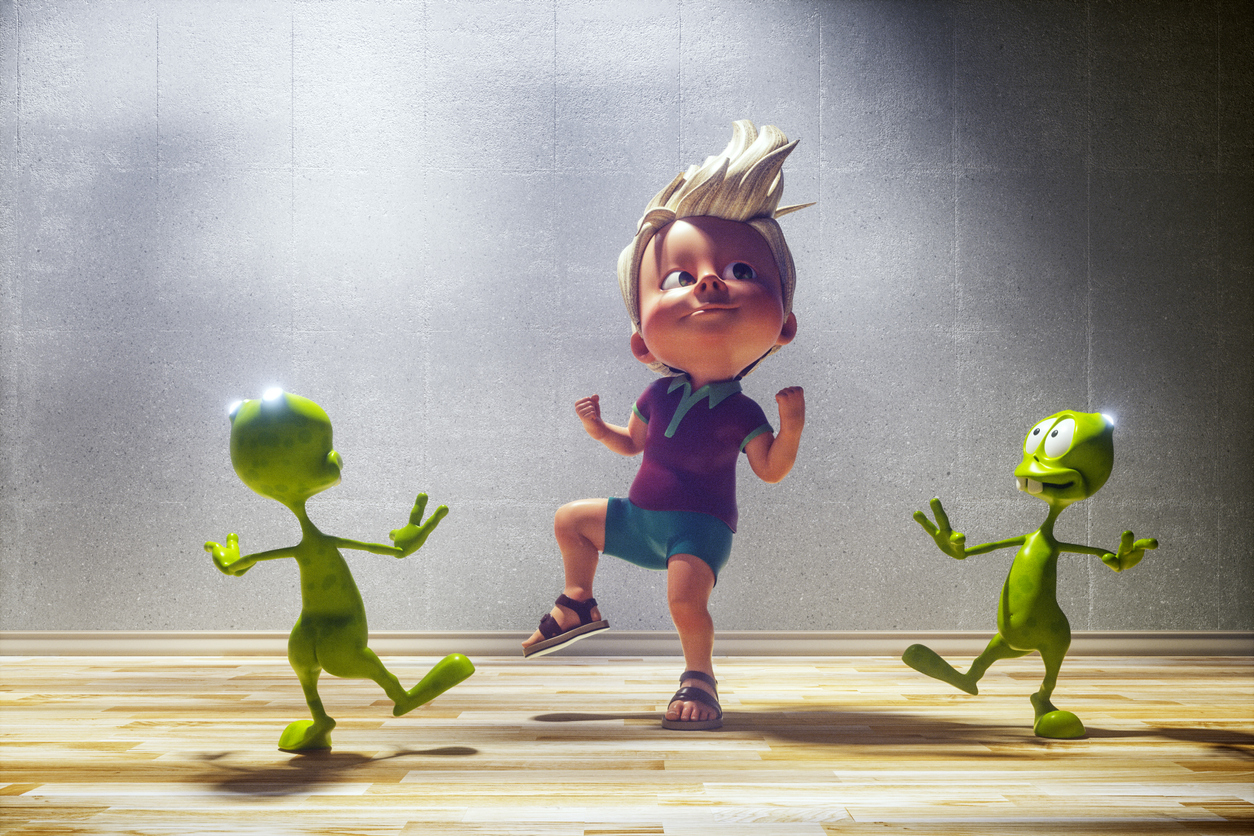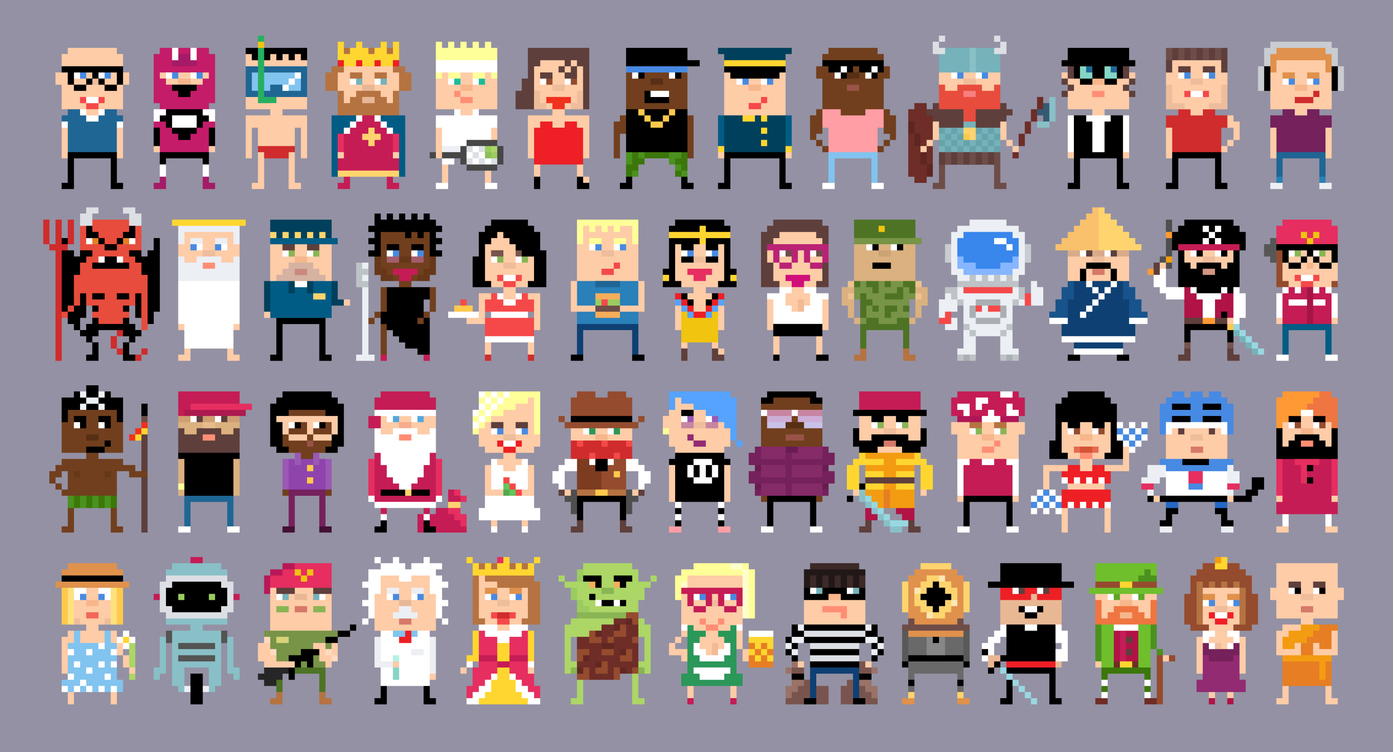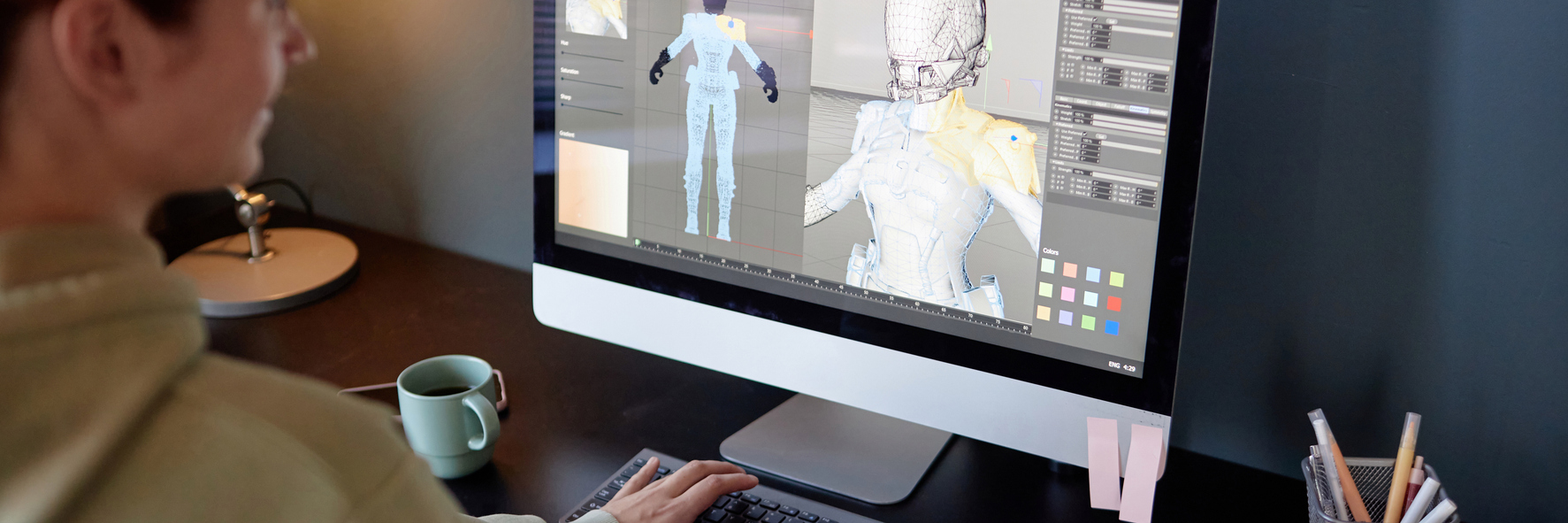In today’s dynamic digital age, technology has revolutionized nearly every facet of our lives, and the art and design industry are no exception. Once defined by paintbrushes, pencils, canvases, and paper, the creative process now thrives at the intersection of tradition and technology. This fusion has not only expanded the horizons of what can be created but has also transformed how art and design are taught, shared, and experienced. For prospective students aspiring to build a career in the creative world, understanding the evolving role of technology in art is essential and that’s where institutions like VCAD (Visual College of Art and Design) come into play.
A New Era of Creative Expression
Technology has fundamentally changed how artists and designers approach their craft. No longer confined to traditional tools, creatives today wield digital pens, tablets, and sophisticated software to bring their visions to life. With tools like Adobe Creative Suite, AutoCAD, Revit, Blender, and Unreal Engine, artists can design anything from a simple logo to a fully immersive virtual world.
This shift hasn’t diminished the importance of foundational art skills but has enhanced them. Digital tools extend the reach of artists, making their work more scalable, efficient, and experimental. For students entering the art and design industry, fluency in these technologies is no longer optional, it’s a necessity.
The Influence of Technology on Artistic Mediums
Digital Painting and Illustration
Modern digital painting software allows artists to mimic traditional techniques like watercolor, oil, and ink while also introducing new possibilities with effects, layering, and undo functions. Programs such as Corel Painter and Adobe Photoshop give students the flexibility to explore countless styles and media without the limitations of physical materials.
3D Modelling and Animation
3D technology has opened new dimensions for artists. With tools like Maya, ZBrush, and Substance Painter, designers can craft lifelike models, environments, and characters. These tools are vital in industries like gaming, film, and advertising, offering exciting career paths for students passionate about animation and visual storytelling.
Virtual Reality (VR) and Augmented Reality (AR)
Virtual and augmented reality are revolutionizing how art is experienced. VR immerses audiences in a digital space, while AR overlays digital elements onto the real world. Artists use these tools to create interactive installations, virtual galleries, and immersive storytelling experiences. For students, mastering AR and VR means staying ahead of the curve in a future forward industry.
3D Printing
3D printing bridges the gap between digital and physical creation. From fashion to industrial design, artists use this technology to materialize complex structures and prototypes. It empowers designers to experiment freely, rapidly iterate, and create with precision.
How VCAD Empowers Students Through Technology
VCAD is at the forefront of integrating technology in art and design education. Since 2009, the college has been shaping creative talent across Canada with an industry-oriented curriculum, expert mentorship, and a strong emphasis on real world application. For aspiring artists and designers, VCAD is more than a school, it’s a launchpad for future success.
Hands On, Project Based Learning
At VCAD, students don’t just learn about tools they use them. Whether it's Adobe Creative Suite in Graphic Design, AutoCAD and Revit in Interior Design, or Unreal Engine in Game Design, students engage with industry standard software from day one. This hands-on approach ensures graduates are ready for jobs with the technical and creative skills needed to thrive.
Diverse Program Offerings
VCAD offers diploma programs tailored to various fields:
Flexible Learning Options
With campuses in Vancouver and Calgary and a fully online learning platform, VCAD offers flexibility without compromising quality. Online students receive the same immersive, studio inspired education, allowing them to master digital tools and collaborate on projects remotely mirroring real world creative workflows.
The Impact of Technology on the Art Experience
Global Access and Collaboration
Thanks to cloud-based platforms and social media, artists today can share their work with a global audience instantly. Collaboration between creators in different time zones and cultures is easier than ever, fostering innovation and diversity in artistic expression. Students at VCAD benefit from this global connectivity, building networks and digital portfolios that reach beyond borders.
Interactive and Participatory Art
Technology empowers artists to engage viewers in new ways. Motion sensors, facial recognition, and interactive screens allow spectators to become part of the artwork. This shift from passive observation to active participation creates memorable, immersive experiences.
Ethical and Creative Challenges
While technology enhances creativity, it also presents challenges. Questions about originality, authorship, and over reliance on digital tools are central to contemporary art discourse. At VCAD, students are encouraged to explore these complexities, blending traditional skills with digital innovation to form thoughtful, ethical artistic practices.
Preparing for the Future of Art and Design
The future of art and design lies in interdisciplinarity. As technology continues to evolve, the lines between disciplines blurs. Artists become coders; designers become storytellers; animators become engineers. To succeed in this ever-changing landscape, students must be adaptable, innovative, and technologically fluent. VCAD prepares students not just to participate in this future but to shape it. Through mentorship, portfolio development, and exposure to cutting edge tools, VCAD graduates leave with more than just technical skills they gain the confidence to forge their own creative paths.
Technology in Art is the New Canvas
Technology is not replacing art; it is redefining it. From digital painting to 3D printing, AR to animation, the possibilities for creative expression are limitless. For prospective students looking to turn their passion into a profession, embracing technology in art is key.
At VCAD, you’re not just learning how to use tools you’re learning how to think, create, and innovate with them. Whether you dream of designing immersive game worlds, crafting captivating brand identities, or revolutionizing interior spaces, VCAD equips you with the skills, vision, and portfolio to succeed.
Now is the time to design your future. Let technology be your paintbrush and VCAD your studio. Your journey into the world of digital creativity starts here.
